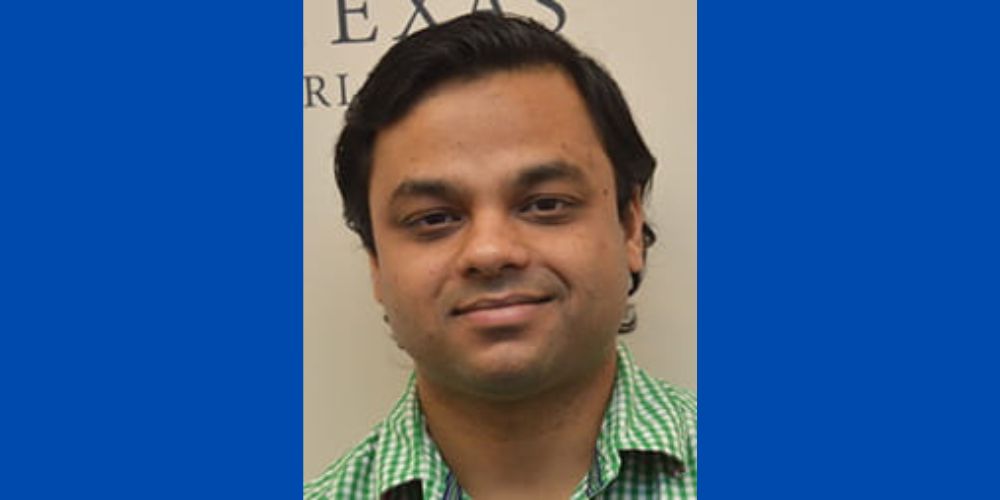Algorithm would predict disease relapses

A University of Texas at Arlington research team has received a $450,000 grant from the National Institute of General Medical Sciences to use statistical machine learning to review patient data and better predict which patients will need additional treatments.
“With recent advances in screening, diagnosis and treatment, many diseases like cancer or cardiovascular disease can be identified in an early stage,” said Suvra Pal, associate professor of statistics in the Department of Mathematics. “Fortunately, a significant proportion of patients living with these diseases will clinically be cured, meaning they will never experience recurrence, metastasis or death due to their primary disease. Our research aims to better identify which patients will be cured so treatment teams can focus on those who will need additional interventions.”
The aim of Pal’s project is to develop a novel statistical model that looks at the time to occurrence of an event, such as when a disease comes back, along with other patient-related characteristics. The team, which includes co-investigator Souvik Roy, assistant professor of mathematics, will then develop an algorithm using machine learning that will sift through the enormous volume of patient data collected by health care systems to predict who will be cured. The model will be considered successful if its predictive accuracy is at least 85%.
“There are existing algorithms that attempt to predict who will be cured based on patient-related characteristics,” Pal said. “Unfortunately, these algorithms come with several drawbacks that make them hard to meet the increasing needs for advanced applications. Our algorithm, based on advanced modeling strategies, circumvents the drawbacks with existing algorithms, and it will be developed into a software for free and nonprofit use.”
Pal also aims to expose underrepresented and minority undergraduate students to this type of research.
“This project will help build a unique integration of statistical expertise and biological significance in the research career of undergraduate students,” said Pal. “Our trainees will have a stronger foundation and be better equipped with interdisciplinary and multidisciplinary trainings for cutting-edge academic and industrial careers.”
The long-term goal of Pal and colleagues is to develop more powerful models that can predict which diseases will be cured to better direct resources to the right efforts. This project will also lay the foundation of Pal’s plan to develop a Center for Integrative Biostatistical and Experimental Research at UTA.